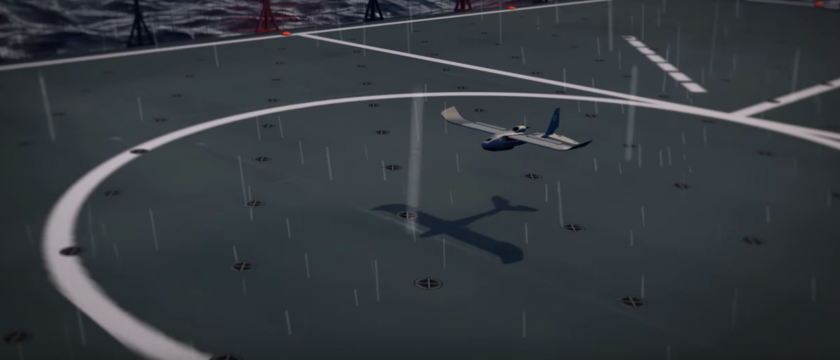A great deal is made of how many great scientific discoveries are made by accident for everything from penicillin to Post-its®. With no fewer than ten authors for the Nature letter “Production of phosphorene nanoribbons,” their discovery hardly seems “accidental.” The letter, authored by Mitchell C. Watts, Loren Picco, Freddie S. Russell-Pavier, Patrick L. Cullen, Thomas S. Miller, Szymon P. Bartuś, Oliver D. Payton, Neal T. Skipper, Vasiliki Tileli and Christopher A. Howard, explains their happy “accident.” A Happy Accident “Nanoribbons, meanwhile, combine the flexibility and unidirectional properties of one-dimensional nanomaterials, the high surface area of 2D nanomaterials and the electron-confinement and edge effects of both. The structures of nanoribbons can thus lead to exceptional control over electronic band structure, the emergence of novel phenomena and unique architectures for applications.” The discoverers of phosphorene nanoribbons were trying to separate layers of phosphorus crystals into two-dimensional sheets, but they ended up with “tiny, tagliatelle-like ribbons one single atom thick and only 100 atoms of so across, but up to 100,000 …
Twisting, Turning and Nailing the Landing
We like to think that our mastery of aerobatics is second to none, but aircraft only achieve a small part of the birds’ ability to hover, swoop, and perch on a target at zero forward airspeed. Researchers in Switzerland and England, though, are making progress toward deeper emulation of nature’s masters of flight. Our Fine Feathered Drone Dano Floreano and his team of researchers at Switzerland’s École Polytechnique Fédérale De Lausanne’s (EPFL) Laboratory of Intelligent Systems, obviously spent lots of time observing birds in flight, noting that our avian friends alter their wing configuration to “change direction, increase their speed or counter headwinds.” Changing wing shape helps birds make near-instantaneous maneuvers. Floreano, attempting to mimic the birds’ movements, helped develop a series of wing-tip elements that emulate the primary flight feathers on birds. Matteo di Luca, one of the researchers, explained, “We were inspired by birds: they can radically transform the size and shape of their wings because they have …


